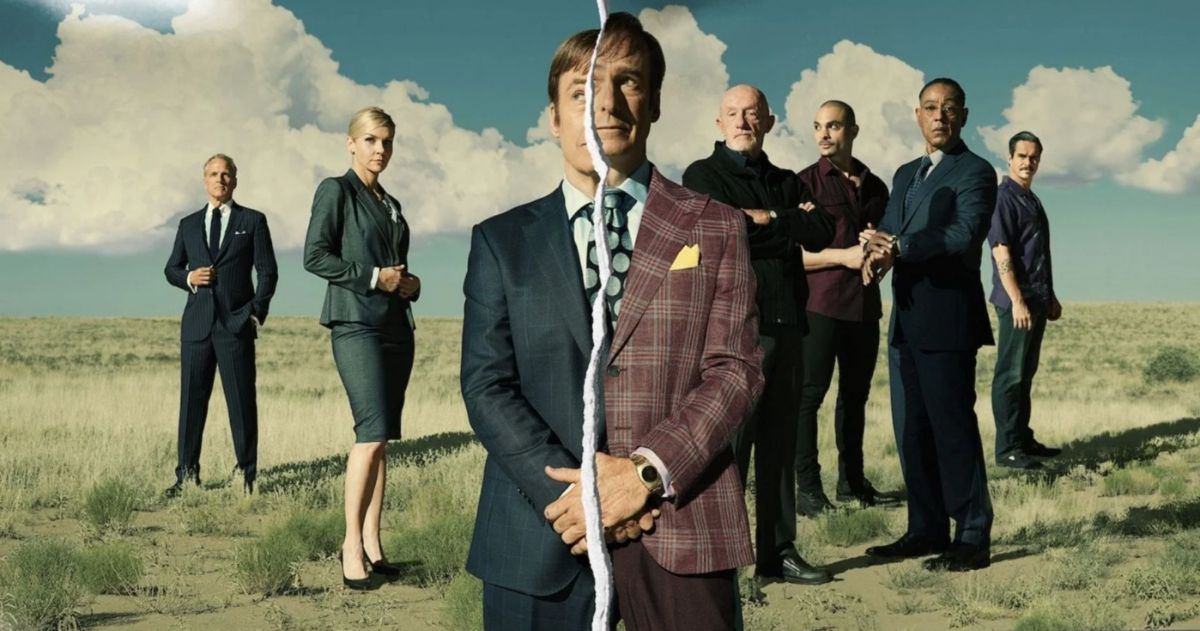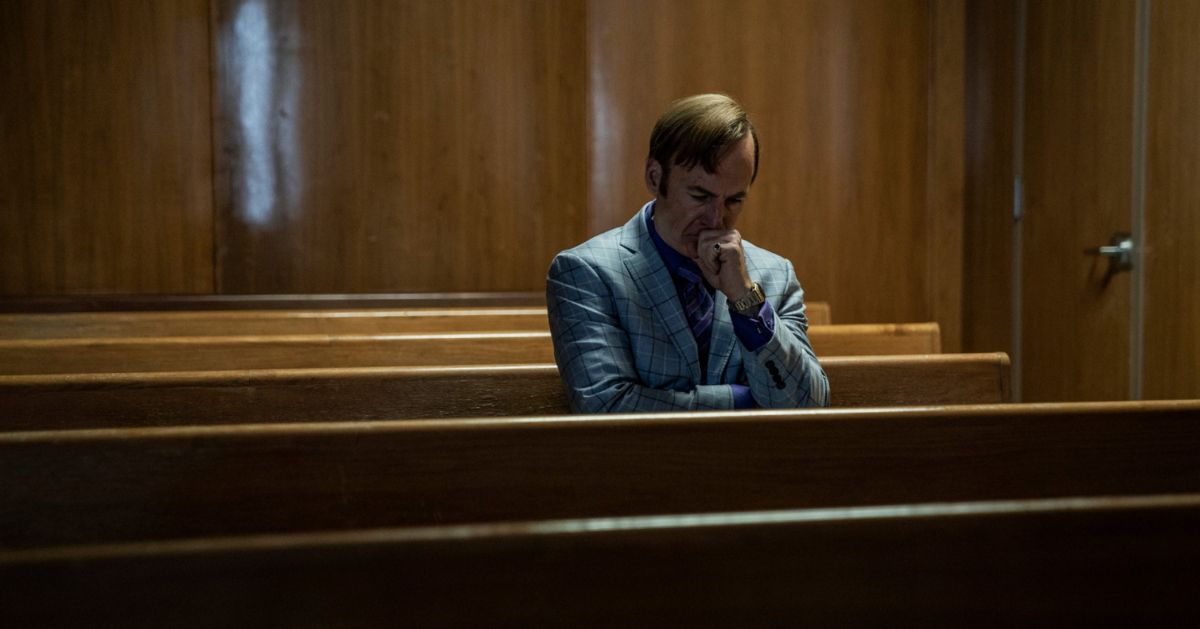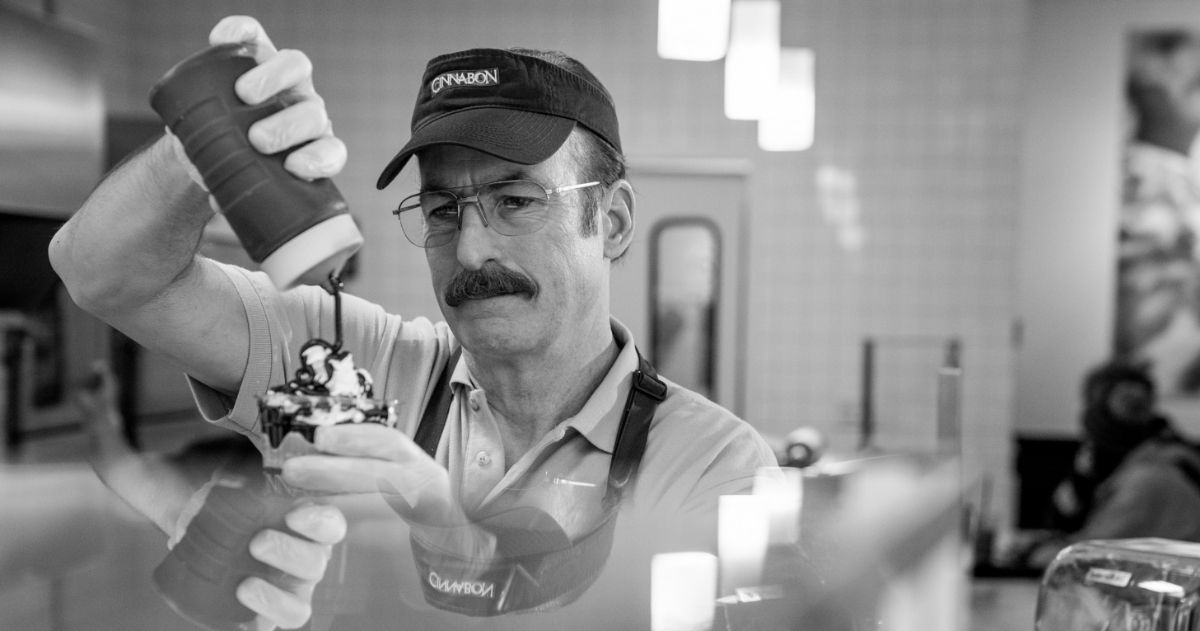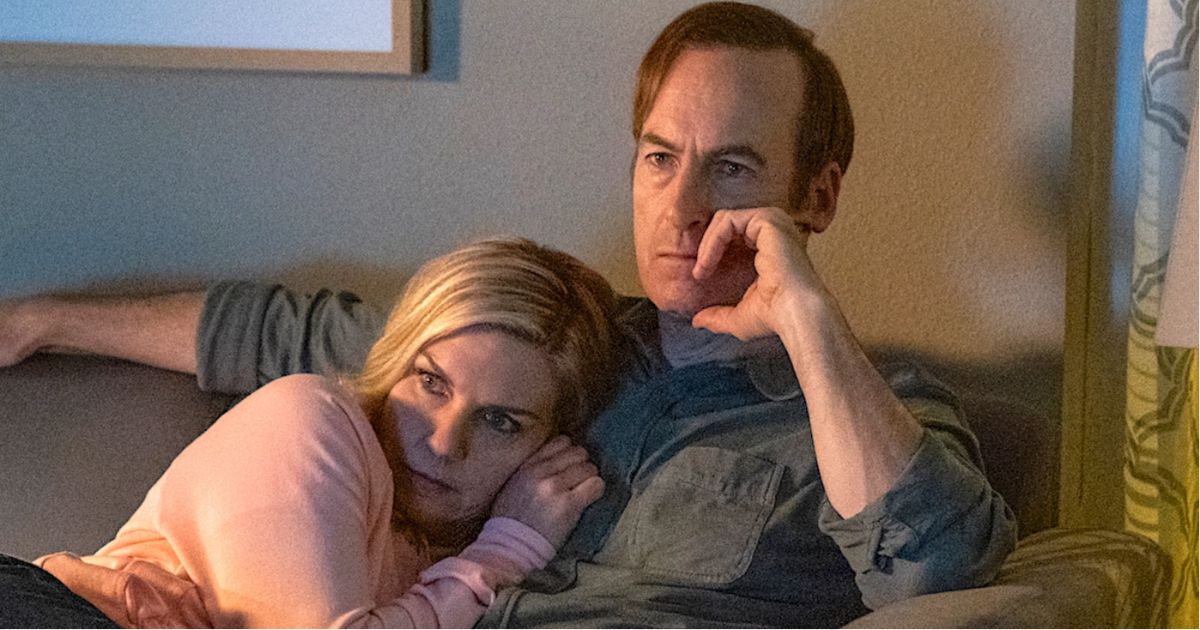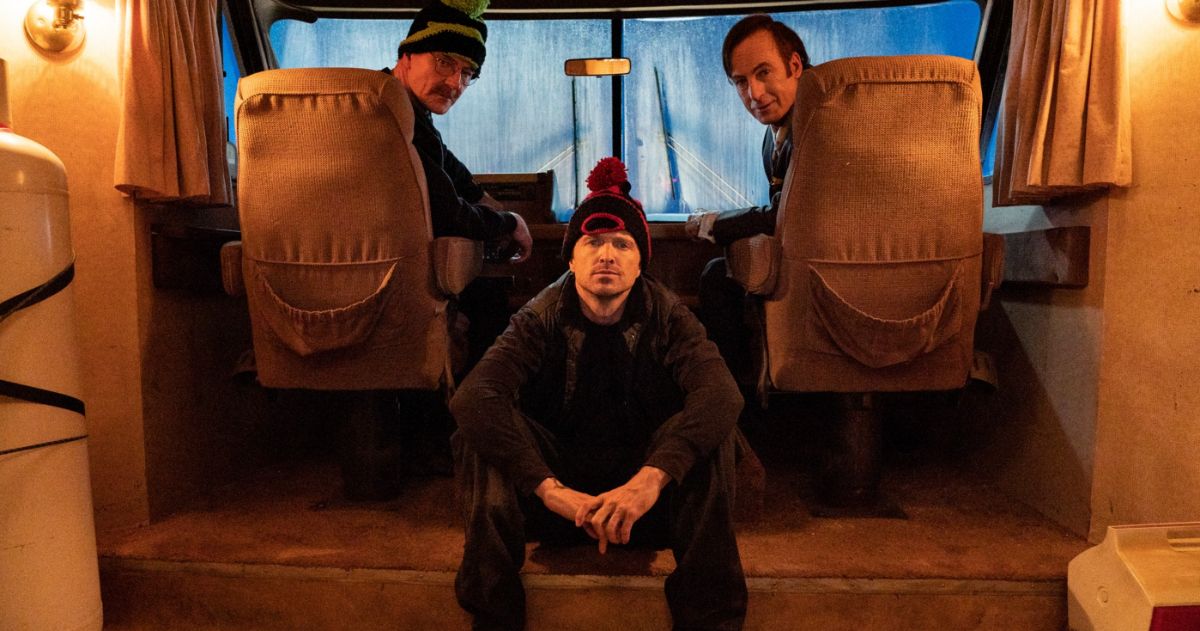This article contains spoilers for Better Call Saul.Alas, the sputtering RV that is the Breaking Bad universe has finally been taken to the lot and impounded. The 14-year saga crossed into a wide array of tones and genres, culminating last night in the quiet, but quietly epic, series finale of Better Call Saul, which served as a more-than-fitting send-off to both series.
The thoughts and emotions flooding the mind of audiences after the series finale of one of the best TV shows in recent years can be overwhelming, but here’s the gist.
Better Call Saul Finale Recap
Justice is served early on, with the authorities in hot pursuit of Jimmy/Saul/Gene (Bob Odenkirk) after Marion (Carol Burnett) phoned for help on her LifeAlert at the end of the previous episode. Once caught, Saul works his sleazy magic by enlisting the help of Bill Oakley (Peter Diseth), filibustering his way through a negotiation with the Assistant U.S. Attorney (Bob Jesser in a small, but memorable role), and managing to get a 7.5-year plea deal. Of course, he has second thoughts when he learns that ex-wife Kim Wexler (Emmy-nominated Rhea Seehorn) has signed a notarized confession of their mutual crimes.
But the plot is not the major headline here. (Nor are the numerous, thoughtful cameos from universe mainstays like Jonathan Banks, Betsy Brandt, Michael McKean, and Bryan Cranston himself.) While the show has always been strong in the area of propulsive storytelling, it’s the individual moments within the story, the feeling of existing inside the same room as these characters, of feeling the time tick by – these are the areas in which Better Call Saul may outshine even its predecessor and puts itself in the pantheon of shows like Deadwood, Mad Men, and The Sopranos.
The negotiation sequence is a masterclass in tension, cringe comedy, and dense legal drama – it’s a classic Jimmy McGill scheme drained of all its romance and pizzazz, the final death rattle of a once-powerful emperor. It is yet another in a long line of scenes that make us antsy without boring us for one second, and it continues the chameleonic, ever-changing, slipping-on and slipping-off persona on which Slippin’ Jimmy so heavily depends.
Bob Odenkirk is Perfect One Last Time
Over the course of Better Call Saul, the masterful Mr. Odenkirk has played three different versions of the same character, depending on his assumed identity at the time. In the final episode alone, he goes through at least two more iterations – first as an almost emaciated, slimy sociopath, the kind of guy you get a bad feeling about just by looking at him, and later as a humbled, broken-down shell, still bright-eyed at the possibility of an unlikely future.
This duality of hope and despair is very strongly expressed throughout the episode, especially in the devastatingly perfect final minutes between Jimmy and Kim, and it lends the entire piece a vast, almost overwhelming, ambiguity. Will Jimmy be in prison forever? Is this the last time he and Kim will ever see each other? We think we know the answer, but we don’t really.
To fit his own aims, the slippery McGill manipulates the imperfections of the justice system and twists the hearts of its morally compromised arbiters; he is the one to decide his own fate, and he will influence the highest possible power in order to do so. But he later realizes the woman he loves is the power to whom he wants to answer, and she is the one who influences him.
Rhea Seehorn and the Tragic Kim and Jimmy
Kim Wexler had her fair share of ups and downs over the years. She began as the moral compass, someone who stood for what was right, and she tried to bring out the good in Jimmy McGill. Jimmy showed her how fun it was to be bad, and she got addicted to the rush. But then things went too far. With the murder of Howard Hamlin (Patrick Fabian) came the death of Jimmy and Kim’s relationship and the true birth of the slyly demonic Saul Goodman. It’s an undeniably tragic story, but there is still room for redemption.
Of course nothing will be as it was. Kim and Jimmy will never truly be together again. The lives they destroyed, and the lives that Saul Goodman destroyed in his association with Walter White, can never be resurrected. But out of this massive pile of rubble emerges the faintest glimmer of hope – a feeling that Jimmy can take accountability for his actions, become a better person, and find some sense of peace. And that perhaps he can earn back some of the love and respect that was lost in the fire of his and Kim’s relationship.
Better Call Saul's Painful Hope
The courtroom scene, played out for Kim to bear witness to, serves as a living testament to Jimmy’s desire to change, as he strips away the layers of his performance to finally become a raw seed, in a way that deliberately references pivotal moments from episodes such as “Chicanery” and “Winner.” The difference this time is that it’s wholly real and there is nothing to be gained. Jimmy is using honesty as his guide and admitting things in public that he previously couldn’t admit to even himself. It is the grandest, and most self-sacrificing, of romantic gestures, and it is also an act of profound self-love, the likes of which this character has never before performed.
The whole thing is almost too much to bear. But it is also just enough.

